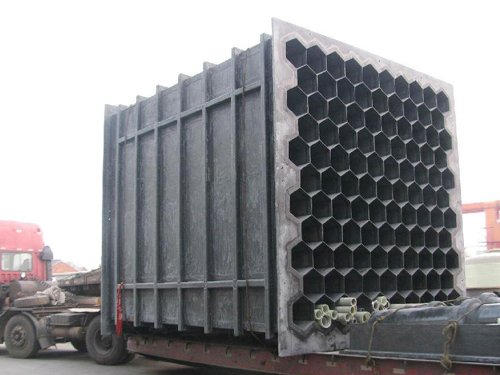SURVIVAL THROUGH QUALITY
PRODUCT CENTER
-
Pulse dust collector
-
Mine dust collector
-
Boiler dust collector
-
Metallurgical dust collector
-
Carbon plant dust collector
-
Chemical dust collector
-
Rubber dust collector
-
Woodworking dust collector
-
Single machine dust collector
-
Static electricity Dust collector
-
Cyclone dust collector
-
Wet dust collector
-
Filter cartridge dust collector
-
Insert valve (gate valve)
-
Ventilation butterfly valve (cold air valve)
-
Spiral conveyor (auger)
-
Scraper conveyor
-
Dust humidifier
-
Bucket elevator
-
Ash discharge valve
-
Material Handling Equipment
-
Wet scrubber
-
Dust collector
-
Dust removal filter bag
-
Dust removal bag cage
-
Polishing platform
-
Waste gas treatment equipment
-
Electric control cabinet
-
Fan
-
Smoke welding machine
-
Liquid level switch
-
Dust removal filter element
-
Aeration cushion
-
Sweeper
-
Dust suppression device
-
Solenoid valve

Wet electrostatic precipitator
The wet electrostatic precipitator mainly consists of inlet and outlet flue, dust collector housing, guide plate, rectification grid, positive and negative dust collection plates, insulation box, flushing water system, power supply and control system. In terms of structural types, it is generally divided into two categories: plate type and tube type. The plate type dust collector is flat in shape, with good water film formation and evenly distributed corona lines between the plates. The main body is similar to a dry electrostatic precipitator, which can handle horizontal or vertical flow of flue gas; Tubular dust collection generally consists of multiple parallel circular or polygonal metal tubes with corona lines distributed in the middle, which can only handle vertically flowing smoke. The external components of the wet electrostatic precipitator are made of ordinary carbon steel, and the inner surface is coated. During installation, attention should be paid to controlling the damage to the inner surface, especially at welding points and component connections. The exterior of the casing does not require insulation because the flue gas temperature is lower than the saturation temperature, and therefore the flue gas at the casing has hardly cooled down. Overall, tube type dust collectors are more convenient to arrange and occupy space than plate type dust collectors.
Wet electrostatic precipitators not only meet the new standards, but also play a controlling role in PM2.5 fine particles, SO3 aerosol droplets, pollutants, heavy metal pollutants, etc., and their social benefits are enormous. The common atmospheric pollutant control mode of wet electrostatic precipitators is also one of the most effective ways to control pollutants in coal-fired power plants around the world. At present, several sets of wet electrostatic precipitators have been successfully applied in China and are operating in good condition. The operation experience of wet electrostatic precipitators has shown that the application of wet electrostatic precipitators in coal-fired power plants is feasible and has good control effects on composite pollutants. It can solve many environmental problems. It is believed that with the continuous improvement of environmental protection requirements, wet electrostatic precipitators will also be increasingly valued and play an important role in achieving ultra-low dust emissions, controlling PM2.5 and atmospheric composite pollutants.
Advantages of wet electrostatic precipitator: It can adapt to dust and achieve high dust removal efficiency, and is also suitable for handling high temperature and high humidity flue gas; No secondary dust; There are no vulnerable components such as hammering equipment,; It can remove sub micron sized particles, SO3 aerosols, and gypsum micro droplets, and has a good effect on controlling PM2.5, blue smoke, and gypsum rain; Due to the high electric field airflow velocity in the wet electrostatic precipitator, the tilt angle of the ash hopper is reduced, and the equipment layout is compact; The problem of reducing the total amount of water carried in smoke and reducing the probability of gypsum rain formation exists.

